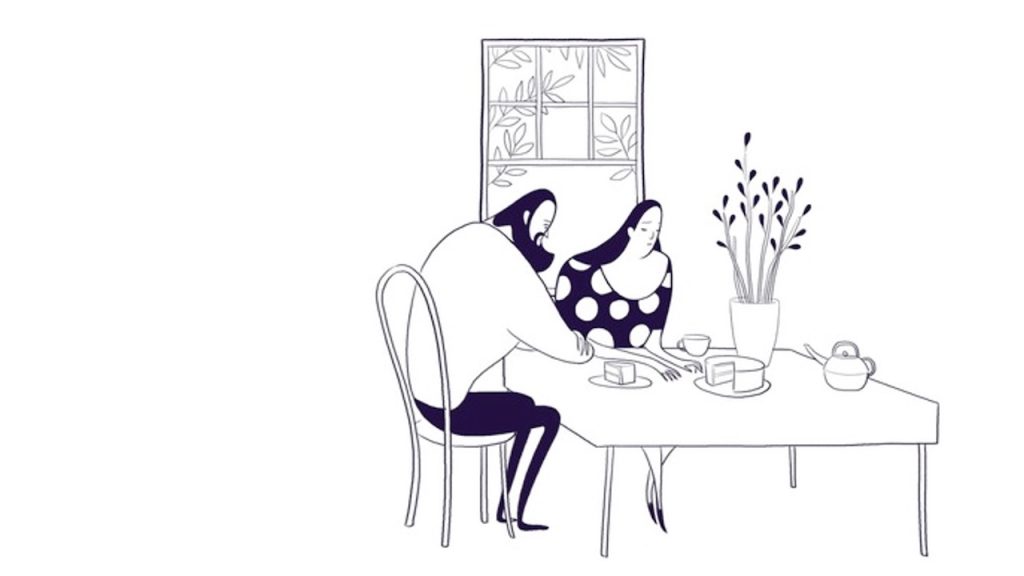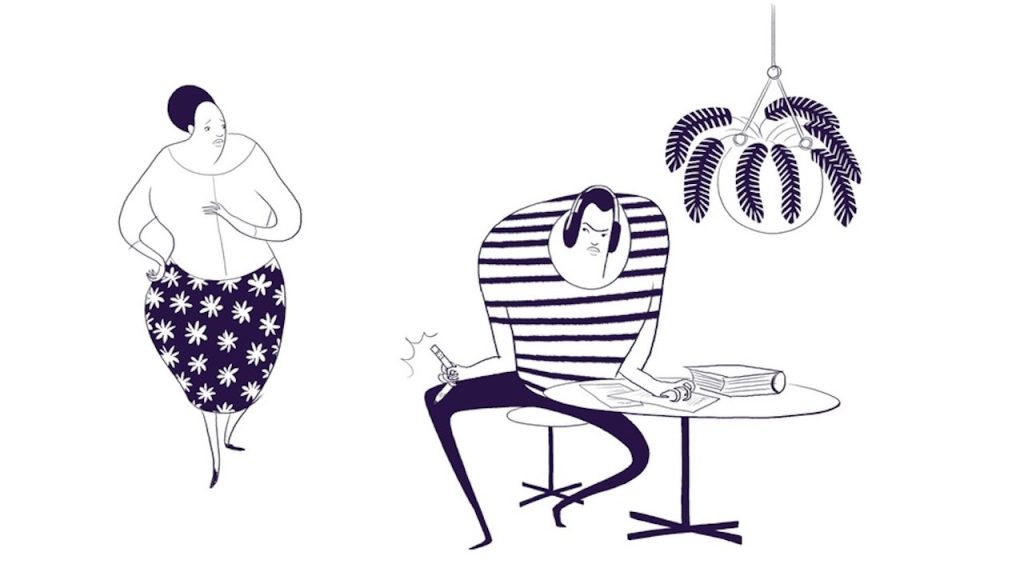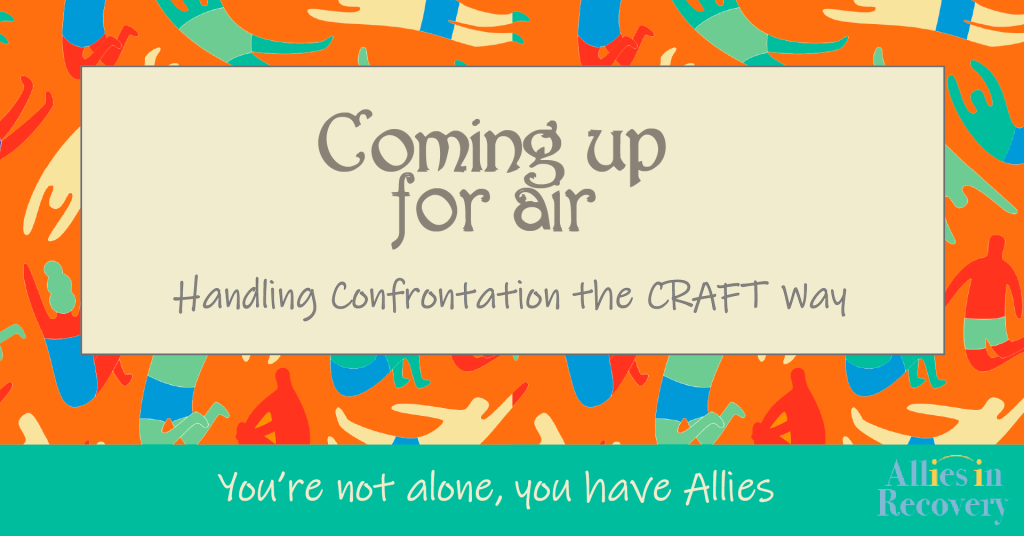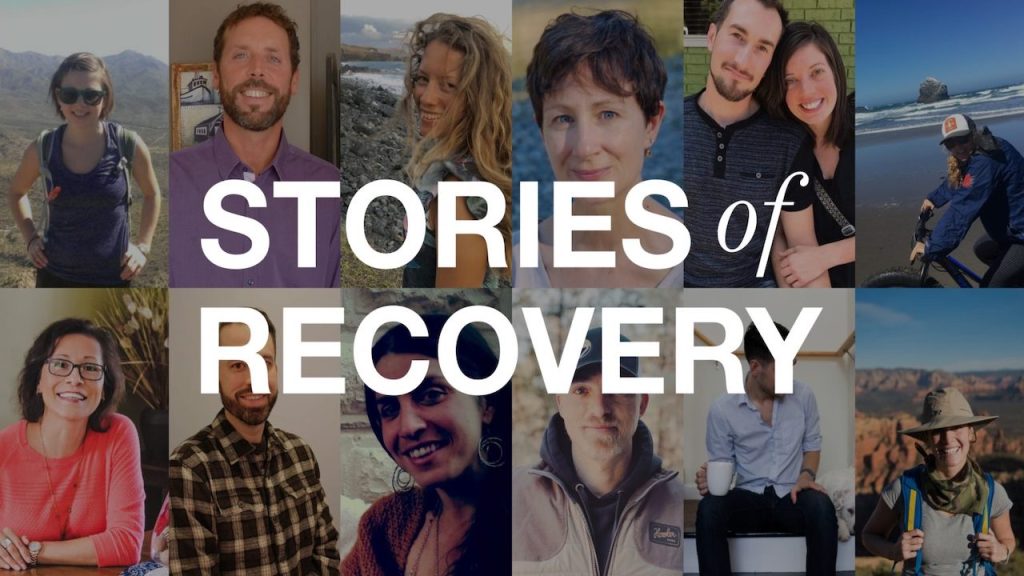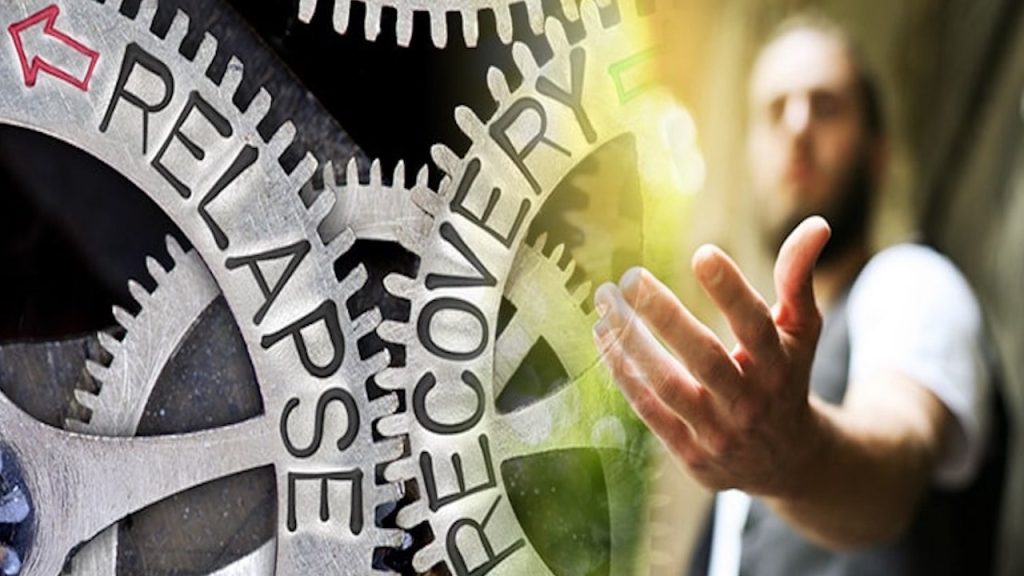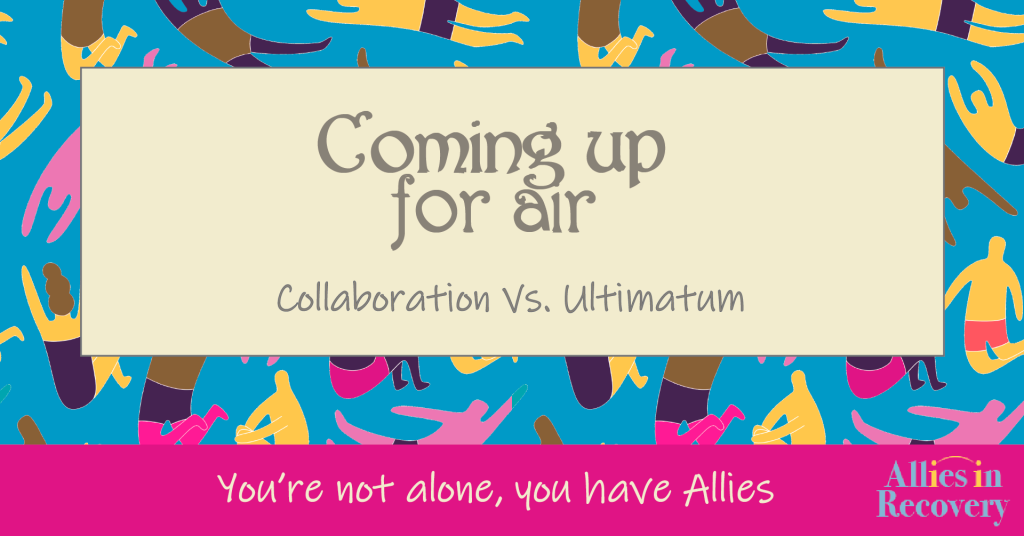How to Talk to Your Loved One About Alcohol or Drug Abuse: Cultivating the Positive

Positive communication skills improve relationships, including a relationship with a loved one struggling with SUD. You can alter the dynamic between you, and move your loved one towards seeking help and taking responsibility, simply by improving how you talk. The following seven strategies will help with even the most challenging topics.
This post originally appeared on our Member Site blog, where experts respond to members’ questions and concerns. To sign up for our special offer and benefit from the Allies in Recovery eLearning program, click here.
1) Show compassion and let them know you heard them
For example:
“I understand it can be hard not to drink when everyone around you is doing it.”
“I can see how your job is upsetting to you and how it can make you want to drink.”
“How hard it must be for you when your curfew is earlier than your friends’ curfews.”
The following phrase is one of the simplest ways to express caring and understanding with your loved one:
“Help me to understand what is going on.”
2) Admit your part
Let’s be clear: You are not responsible for another person’s drinking or drug use. But it’s important to own your part in things. Doing so models the behavior you are looking for and shows your loved one how to take responsibility for their part in things.
When you admit your part, you are just owning the fact that you are involved. For example:
“I know that I set up the rule around curfew.”
“We both count on your job for income.”
“I know I can be hurtful when talking about your drinking.”
You’re not condoning your loved one’s behavior, just owning the role you play.
3) Be specific
Stick to the behavior you are looking for, including the time, place and action. For example:
“If you’re going to be late, I’d appreciate a phone call the moment you know you are going to be late.”
“I’m sorry your day was so hard, let’s eat now.”
Instead of the opinion, “You need help,” be specific like, “Here is a list of three therapists that take our insurance and who have openings. How about you call this first one now, she is available to talk.”
Instead of, “You never help around the house,” make a specific request: “I’d appreciate it if you took out the trash on Tuesday evenings after dinner.”
4) Be brief
When there is a drug and alcohol problem in the family, conversation is already stilted, so being brief may feel especially hard for you. Since you probably feel you have few openings to say what you want, when you do see one there is the urge to get it all in.
It’s too easy to let it rip, and to include everything that you’ve been thinking about: all those pitfalls of their use, what they should do instead, what’s going to happen, the insanity of it all. While you go on and on, chances are good that your loved one stopped listening way at the beginning of your talk.
Being brief means:
• No more than a sentence or two
• End with a period
• Pause to give space for a response
5) Be positive
This is simply the difference between saying what you do want instead of what you don’t. “I’d rather you drink soda tonight,” is more specific than, “Don’t drink.” It says what you’d like to see happen and is turned towards the positive.
Other examples:
“You’re so obnoxious when you drink,” becomes “I enjoy our time together so much when you stick to soda at parties.”
“Don’t be late,” is vague, while, “I’ll see you home at 10 tonight,” is positive, specific, and brief.
6) Use I statements instead of You statements
As soon as you start a sentence with the word “You,” the other person’s defence shield goes up and they brace for a fight. Using I statements guards against your loved one feeling accused or judged.
For example, “I sleep so much better when you come home on time,” instead of “You’re so inconsiderate to keep me up.”
Here are more examples of I statements:
“I feel crazy worried when you’re late.”
“I feel at such a loss when we argue.”
“Oh, I smell alcohol – I don’t want to be around this so I’ll just go back into my room. We’ll talk tomorrow.”
And You statements:
“You’re a jerk to come home late.”
“You’re always angry and start a fight.”
“Of course, you’ve been drinking.”
Do you hear the difference between the two? Practice starting your sentences with I instead of You.
7) Offer to help
Can you help your loved one meet your request? For instance:
“Would it help if I called or sent you an email during the day to remind you?”
“Maybe we could each take some of the names on this list and make the first calls together?”
“Would it be helpful if I put a hamper near the shower for your wet towel?”
You may still get the brush-off, but at least you’ve shown that you care.
Start small
These positive ways of communicating will help build a bridge with your loved one. This improves the chances that they will talk with you when things are bad or they have a desire to improve their life.
A special note: Your loved one could be suspicious when you change your way of talking. If this happens, acknowledge that you’re trying to watch how you say things, for example, “I don’t mean to upset you, I am trying to be nicer in how I talk to you.”
We all have patterns in our communication and these changes may be hard to adopt. Yet chances are, your loved one has become numb to what you say and how you say it. You can almost see them hunkering down and waiting for it and you to pass.
Start small with just one strategy. Try it on the bank teller or a work colleague. Like so many things in life, you’re going to need to practice these new ways of talking. Even just noticing how you’re saying things will immediately start to make a difference.
Please browse through the Allies in Recovery informational website to find out more about how you can learn new patterns of communication and behavior in your relationship with a loved one with drug or alcohol abuse.
A membership at Allies in Recovery brings you into contact with experts in the fields of recovery and treatment for drug and alcohol issues. Our learning platform introduces you to CRAFT and guides you through the best techniques for unblocking the situation. Together we will move your loved one towards recovery. Learn more here.




